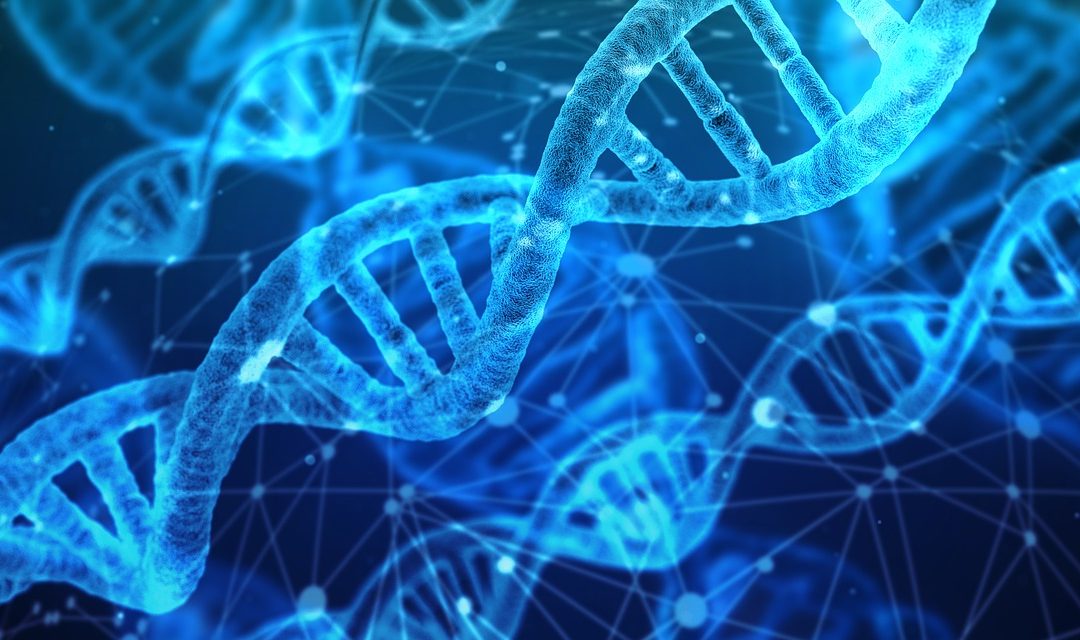CRISPR-Cas9 genome editing is a revolution in the biotechnology that is allowing scientists to make targeted changes to the genetic makeup of living organisms. The medical possibilities and ethical questions raised by this technology are a great way to engage your students with biotechnology by relating it to current issues. However, the complexity of CRISPR makes it difficult for students with minimal background in biotechnology to understand. Understanding restriction enzymes on a deeper level through practical, hands-on labs has new relevance because of the CRISPR revolution. Read on to learn how linking CRISPR with restriction digests experiments can make these concepts more accessible.
Beginning in the 80s, multiple research groups noticed repeated DNA sequences in the genomes of prokaryotes that differed fundamentally from known types of repeated sequences. Clustered Regularly Interspaced Short Palindromic Repeats (CRISPR), as they came to be known, are part of the bacterial adaptive immune system. The sequences of CRISPR repeats are a cellular “memory” of previous viral invaders. The short RNAs produced from CRISPR help guide an endonuclease from the set of CRISPR Associated Systems (Cas) genes to destroy viral DNA upon reinfection.
Bacterial immunity is fascinating in itself, but it’s the development of CRISPR into a genetic tool that has made it a household word. Specifically-designed guide RNAs can target Cas9 endonucleases to any location in the genome. After the DNA is cut, the cell’s own repair mechanism can introduce a new sequence based on a template the experimenter provides.
CRISPR has been successfully deployed to create mutations in model organisms and cell lines to study human disease. In the future, it may be used to treat cancer or genetic disorders. Zinc finger nucleases (ZFNs) and transcription factor-like effector nucleases (TALENs), the predecessors of CRISPR technology, can cleave DNA at specific locations. However, both require proteins engineered specifically for the target DNA sequence, which is far more time consuming than designing a guide RNA.
CRISPR has made genetic engineering more accessible, but it is far from simple. Articles celebrating the ease of CRISPR manipulation belie the challenge of designing guide RNAs and the labor of selecting organisms with the desired mutation. Simple is a relative term in molecular biology, and the multiple subtypes of the CRISPR mechanism, each featuring distinct protein/RNA complexes, can be mind-boggling even for professionals.
CRIPSR in the classroom?
Many of the concepts involved in CRISPR genome editing, including endonucleases, complementary base-pairing, and DNA repair by homologous recombination, are familiar from a basic biology curriculum, so it is not far-fetched to imagine teaching CRISPR in high school. The challenge is giving students a strong foundation in the basics, so they won’t be lost in the complexity when the full mechanism is introduced.
Thankfully, you may already be teaching about endonuclease systems in bacterial immunity! Like CRISPR, restriction enzymes defend prokaryotes against infection by cutting up the DNA injected by viruses into the cytoplasm. Also, like CRISPR, cuts are directed to specific DNA sequences, but the specificity is innate to the protein’s structure (like TALENs and ZFNs), not tunable according to the sequence of an associated RNA.
Restriction enzymes have a long history in genetic engineering. The protocols are simple enough to deploy in the classroom and the concepts are accessible to intro biology students. Understanding the mechanism of restriction digestion will help the students appreciate why the flexibility of CRISPR makes it so revolutionary.
Let’s get cutting!
Ready to digest some DNA for yourself? MiniOne Systems offers two ways to introduce your students to restriction digests. For general biology students and classes with only a single period for hands-on restriction labs, our Restriction Digest Basics MiniLab (Cat. # M6050) supplies pre-digested DNA that separates into a clear, interpretable pattern on a MiniOne agarose gel.
For AP and Honors biology, our NEW Restriction Analysis of DNA MiniLab (Cat. # M6053) provides uncut DNA, two restriction enzymes, and pre-digested DNA controls. Students set up and run their own restriction digests then compare to pre-digested DNA controls. Both labs include extensions where students use the DNA sequence to predict the sizes of the restriction fragments and lessons can be adapted into a restriction mapping activity using the MiniOne Standard Curve Worksheet.
Classroom Activity: Have your students make Venn Diagrams to demonstrate their knowledge of CRISPR and restriction digests. In the area of overlap between the circles list the features that the two systems have in common. In the non-overlapping area, list the features that make the two systems distinct. As an extension, write down a situation where a scientist might choose to use a restriction digest and a situation where a scientist might choose to use CRISPR.
CRISPR-Cas9 Restriction Digest




